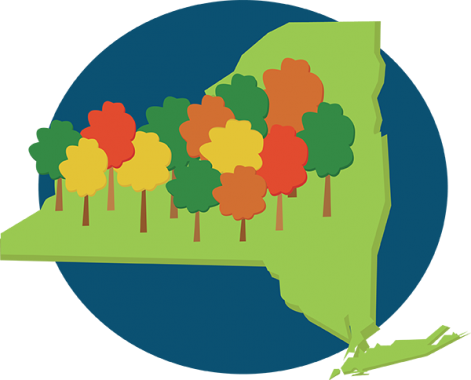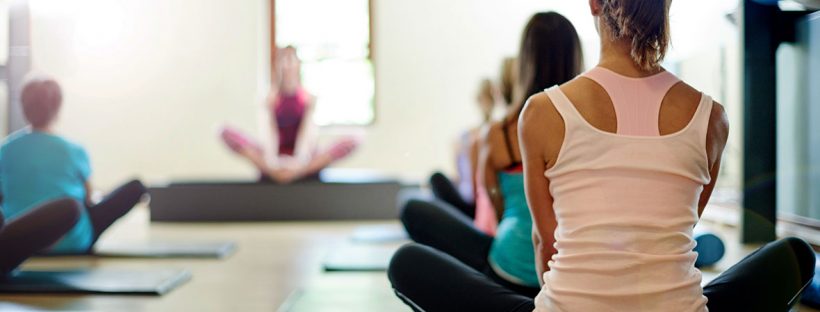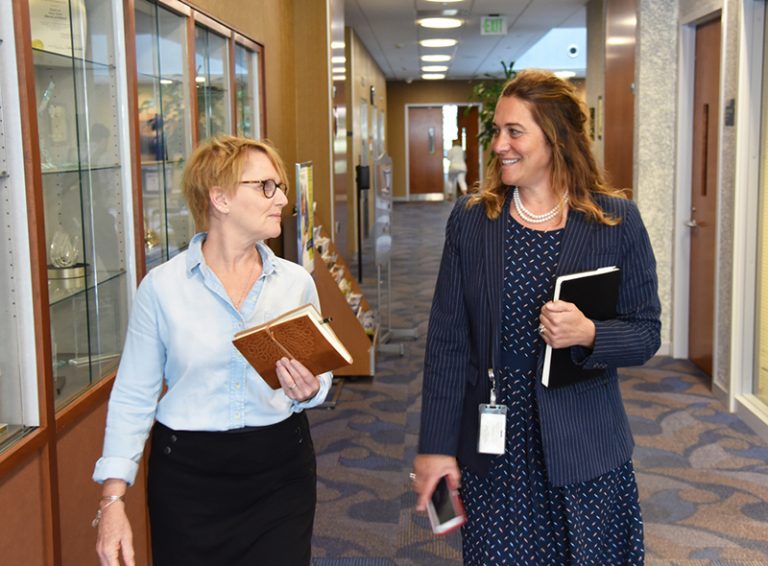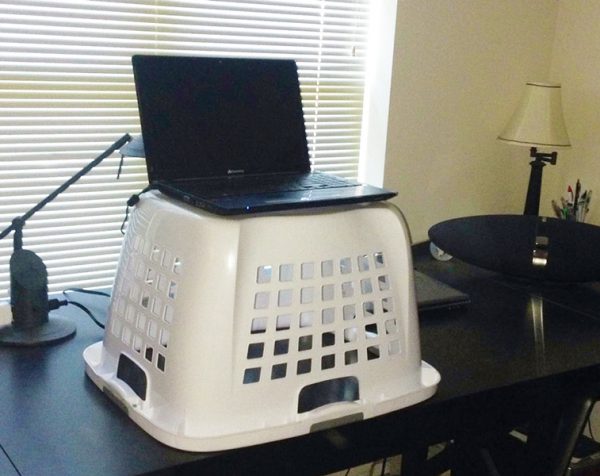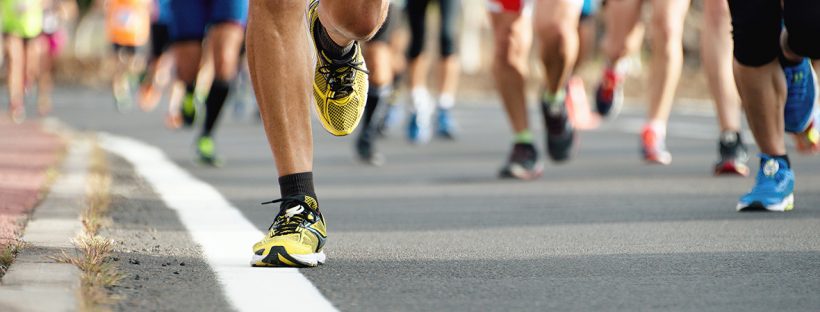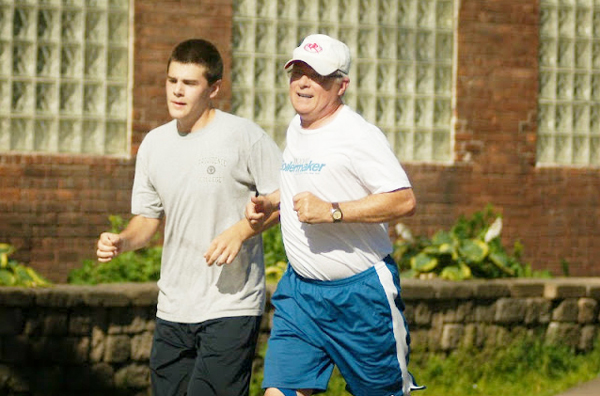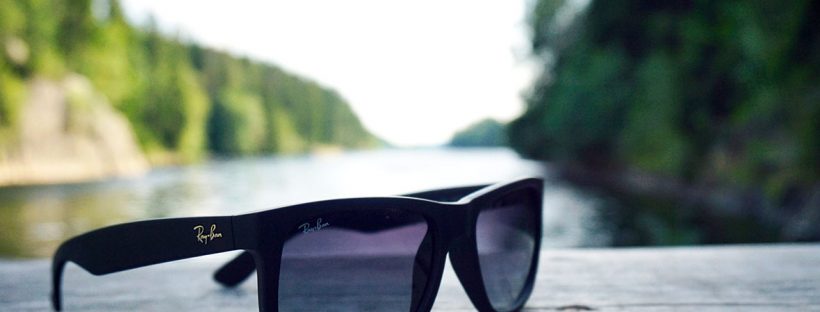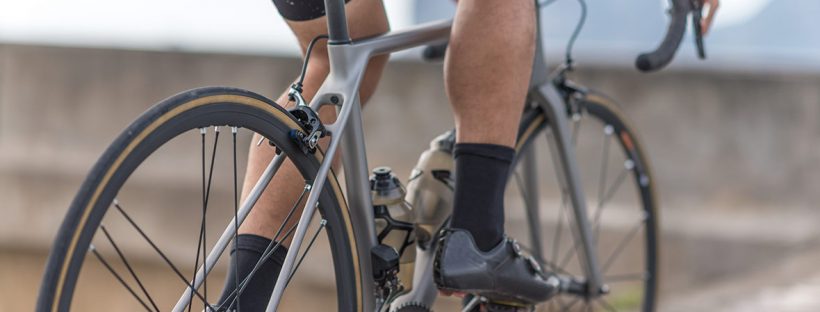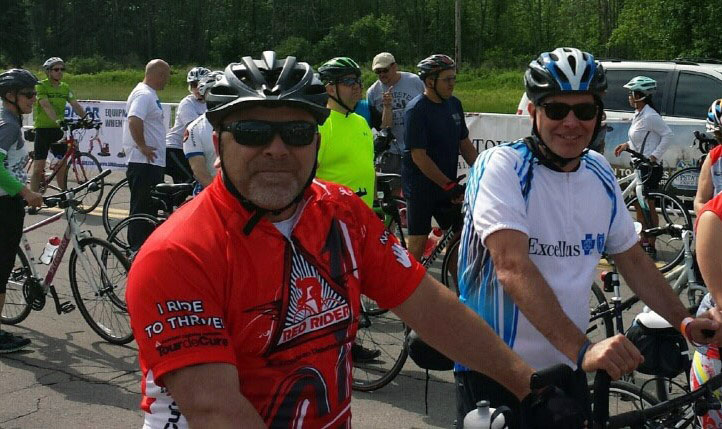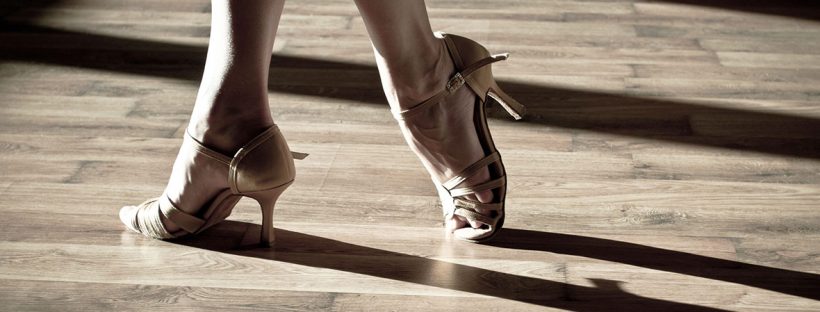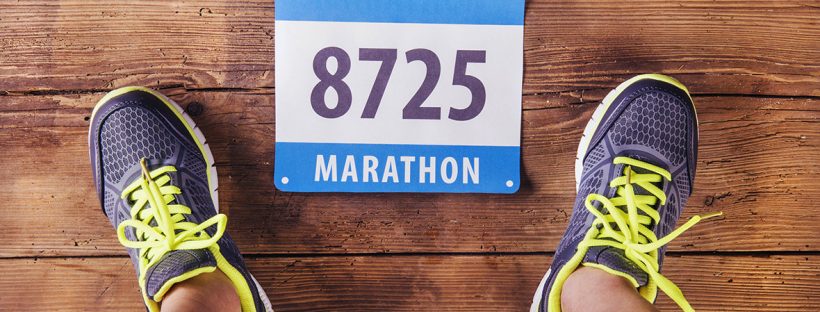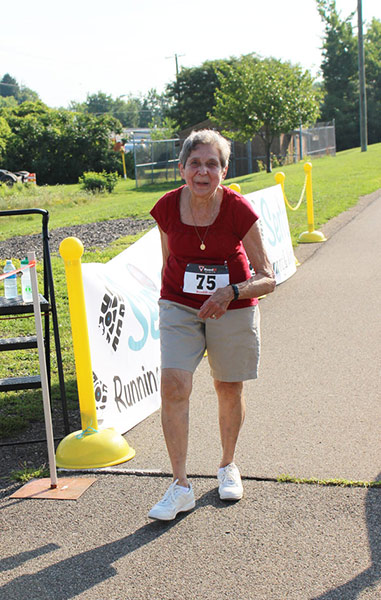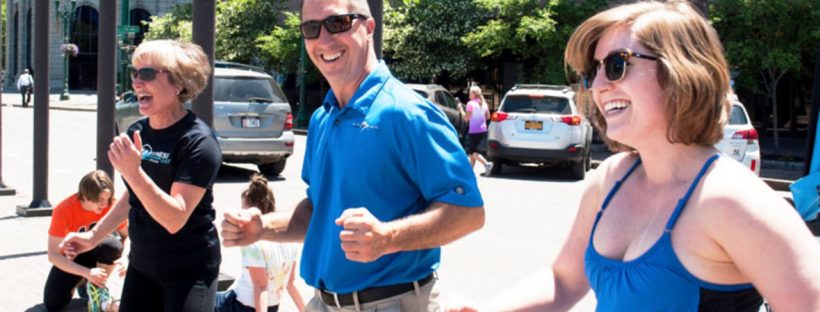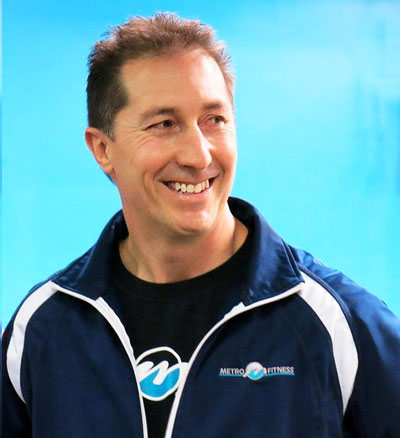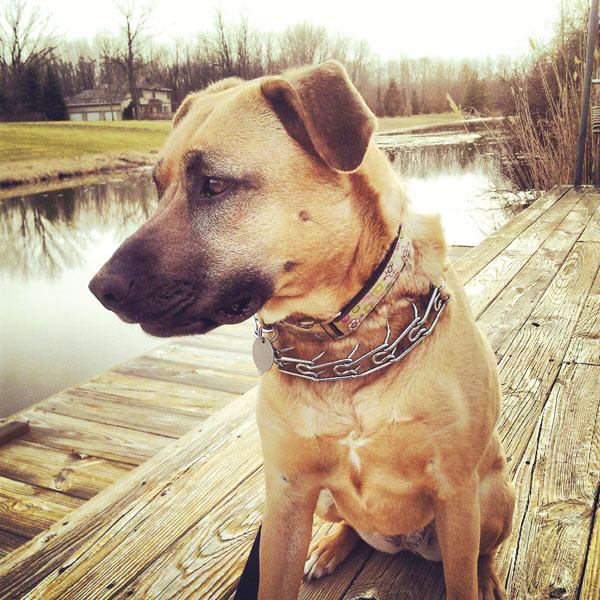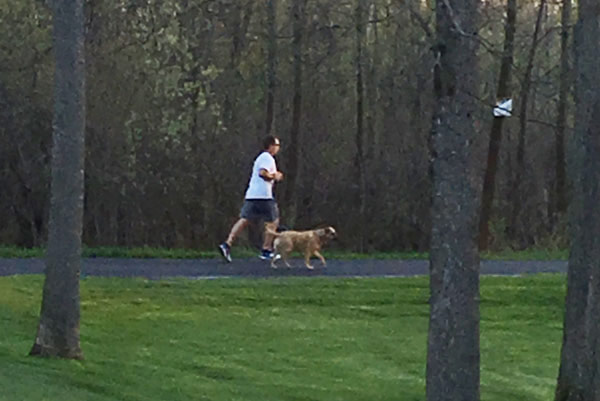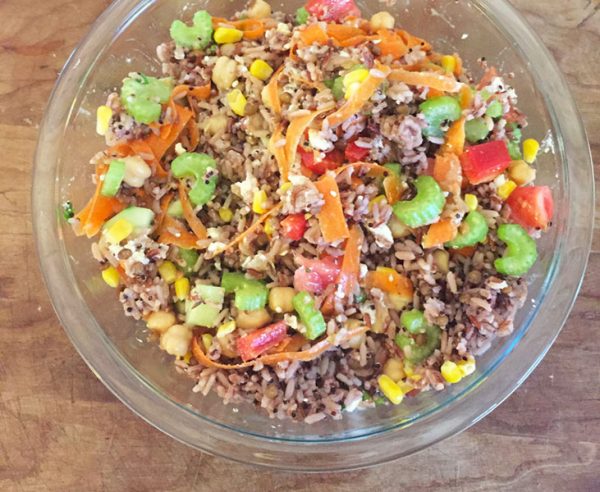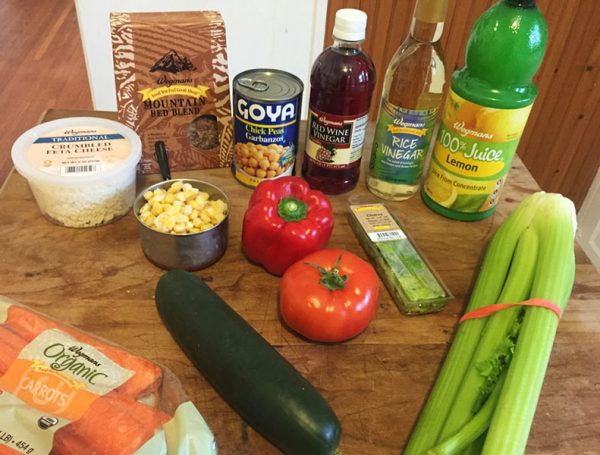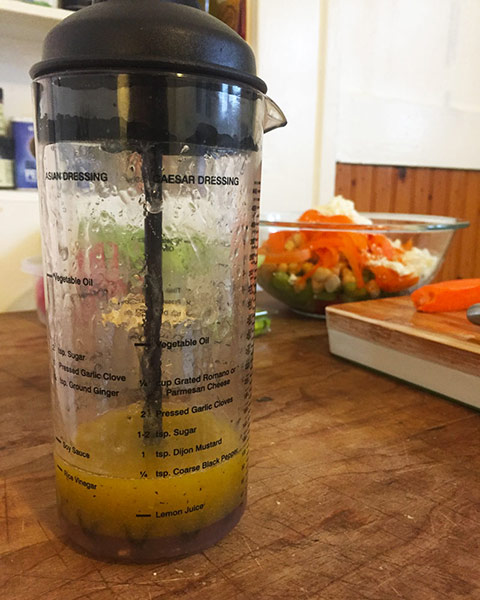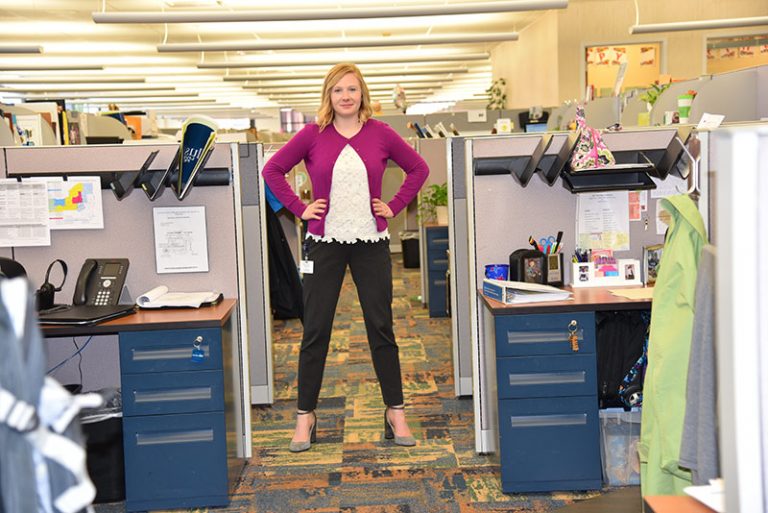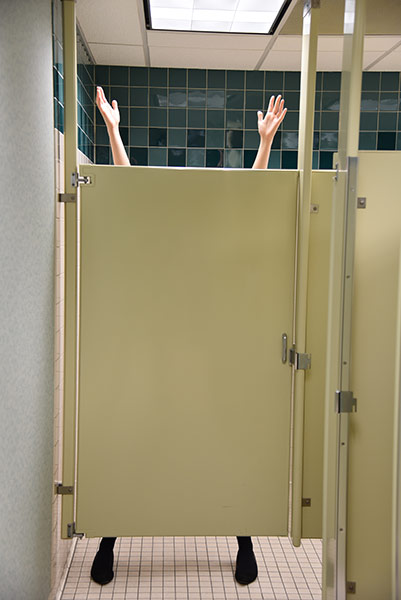Nurcan Sarbudak and Margaret Michailidis are busy, working moms. It took them a while to find the time to focus on their health
How did they do it? They joined the wellness program offered by their employer, ESL Federal Credit Union in Rochester, N.Y.
“Our lives are so busy,” said Deena Rodriguez, wellness coordinator at ESL. “If you can carve out a little bit of time in your day to go down to the fitness center, take a class or attend a workshop, that’s often very helpful.”
Nurcan & Margaret
“I was able to make myself a priority,” said Margaret, who has two girls ages 11 and 15. “It’s become a focus – health and nutrition – and that work/life balance really helps me accomplish my goals.”
Margaret used to be an avid athlete, working out five days a week. After her divorce, she had little time to do the things she loved, like running and racquetball. Now she’s using the corporate gym and attending healthy eating workshops.
“I remember how it feels to work out and I wanted to recapture that,” she said. “Everyone has their roadblocks to being healthy, and corporate wellness programs can help employees overcome those obstacles.”
Nurcan has a similar story. She is the mom of twin toddlers and a teenage daughter.
“I found myself needing to put myself first,” she said. “That time away from my family is what I needed to be healthy.”
Get help, without leaving work
Employees might not realize that their employers offer help for those struggling with any aspect of their health and wellbeing, said Janette Westman, workplace wellness consultant at Excellus BlueCross BlueShield.
- Reason #1 for employees to join a wellness program is often to achieve a better balance between work, life and their health, Janette said.
Employees might not have a lot of time to work out, but could squeeze in a quick class during lunch. Lunchtime yoga and Pilates programs, for example, are popular wellness programs for Cayuga County employees, said Deanna Hoey, public health educator for the county.
But there are many others reasons employees might want to consider that corporate wellness program, Janette added, whether they’re struggling with stress, finances or chronic health issues.
- Reason #2: It’s free! Yes, those wellness programs are often free to employees, said Janette.
Depending on your employer, you might even receive a gift card or discount on your health insurance premium if you participate in a program, such as a health screening.
- Reason #3: Catch critical health problems before it’s too late.
At ESL and many other companies, employees can take a wellness screening to see if they’re at risk for certain health problems, such as heart disease.
“A number of employees have thanked us for these screenings because we were able to detect critical health issues, including pre-diabetes and high cholesterol,” said Deena of ESL. “If those issues went unchecked, who knows what could have happened.”
- Reason #4: Get your finances under control.
Visions Federal Credit Union, with locations throughout the upstate New York areas of Binghamton, Elmira and Syracuse, offers financial wellness as a cornerstone of its employee wellness program, said Emily Riley, human resources assistant for Visions.
Visions officials share their internal expertise and resources with employees, including tools for budgeting, investing and getting out of the paycheck-to-paycheck rut.
“It’s really important to offer a proper financial wellness program given its impact on emotional wellness and stress,” she said.
- Reason #5: Get critical health services without leaving work.
It’s not unusual for employers to bring health services right to the workplace, such as flu shots and blood pressure screenings, said Janette of Excellus BCBS.
Visions, for example, brought a mobile mammogram van to their sites so that female employees could get critical health screenings without leaving the workplace.
- Reason #6: Give back to your community. Once, employees at Visions grew vegetables, such as zucchini, at its locations and donated a lot of the extra veggies to a local food pantry.
- Reason #7: Learn how to fit physical activity into your day.
Too often, said Riley, people think they need to run marathons to stay fit. But that’s not the case.
Making “movement” a habit is just as important. So Visions has “movement” contests in which employees are encouraged to find ways to move 150 minutes a week, Riley said. They could walk, garden or play with the kids, for example, to meet their movement goals.
- Reason #8: Get help specific to you.
Employees who work for Cayuga County can attend healthy eating demonstrations specifically for people with certain health issues, such as high cholesterol and diabetes, said Deanna from the county.
“Employees feel as if they’re receiving one-on-one consultations based on their individual situations,” she said.
- Reason #9: Try something new
You probably won’t stick with something if you don’t like it. That’s why Cayuga County offers a variety of fitness and holistic health programs, Deanna said. They hope employees will stumble upon something they love, whether it’s Zumba, Cross Fit or Reiki.
- Reason #10: Meet other employees! That was the initial reason Nurcan join ESL’s wellness program. She soon learned that there were other benefits. She relished, for example, the workshop that taught her about the health benefits of a Mediterranean diet. Now she eats more fruits, vegetables and fish.
“You’ll feel better if you take care of yourself first before taking care of others,” she said.
